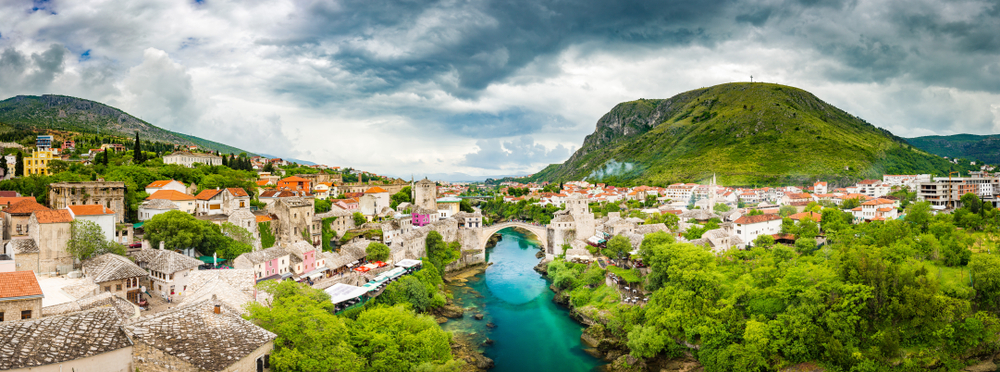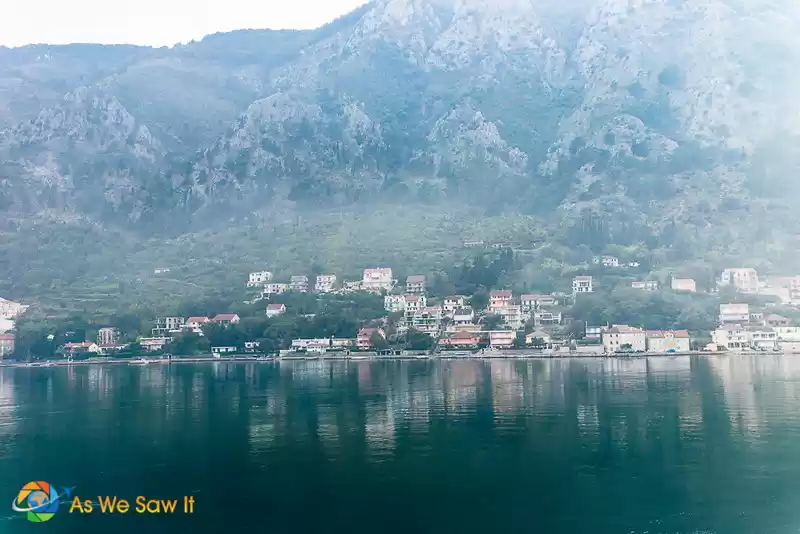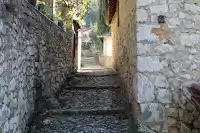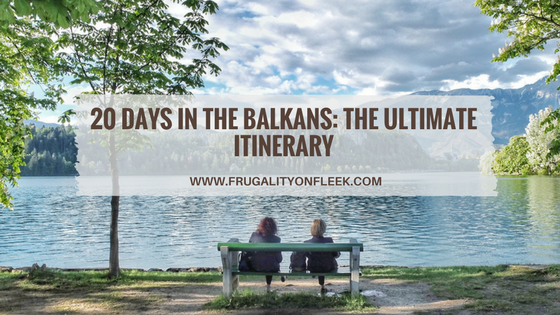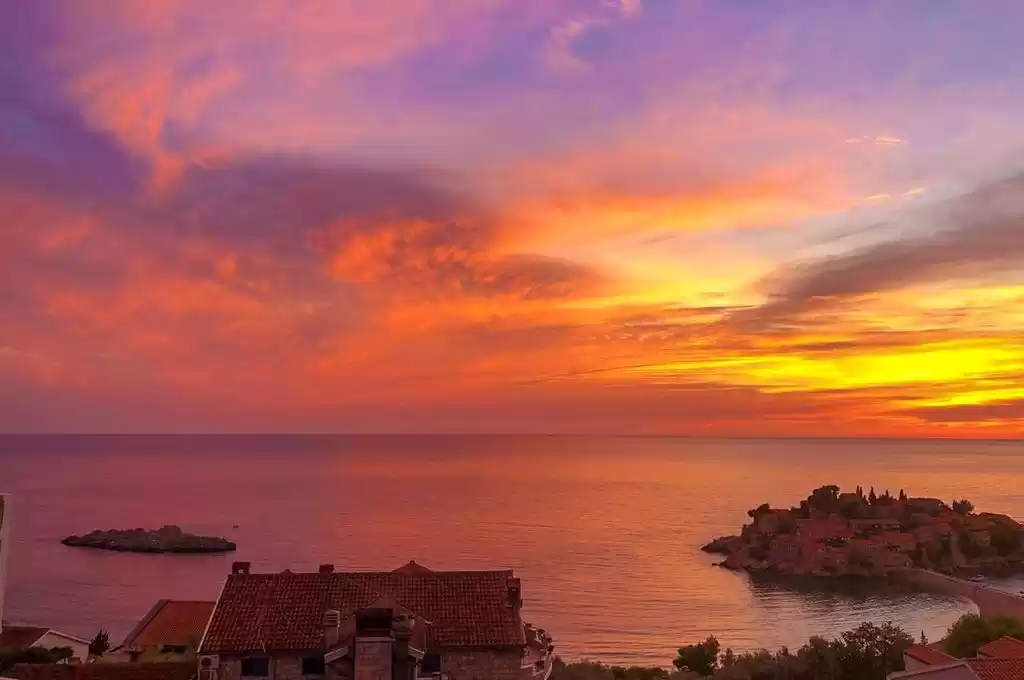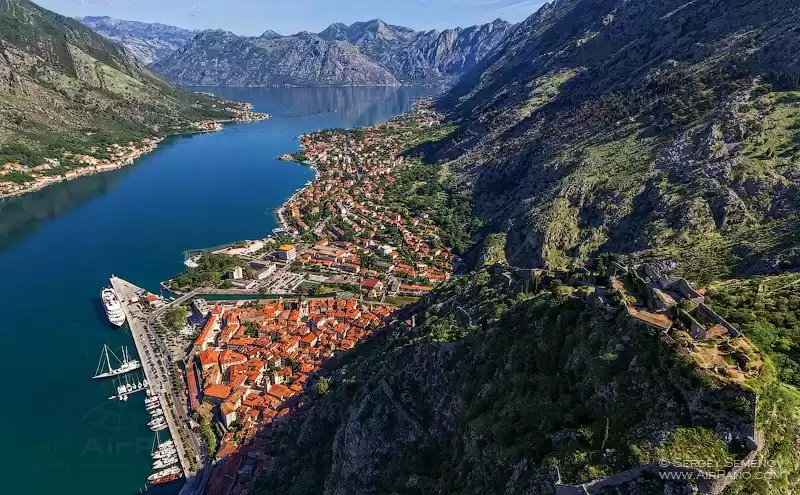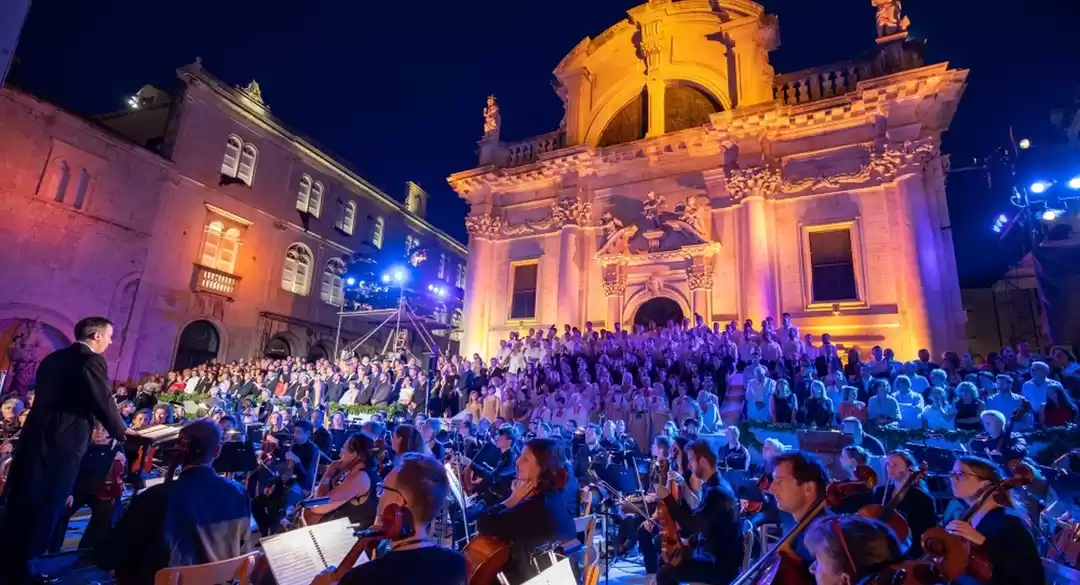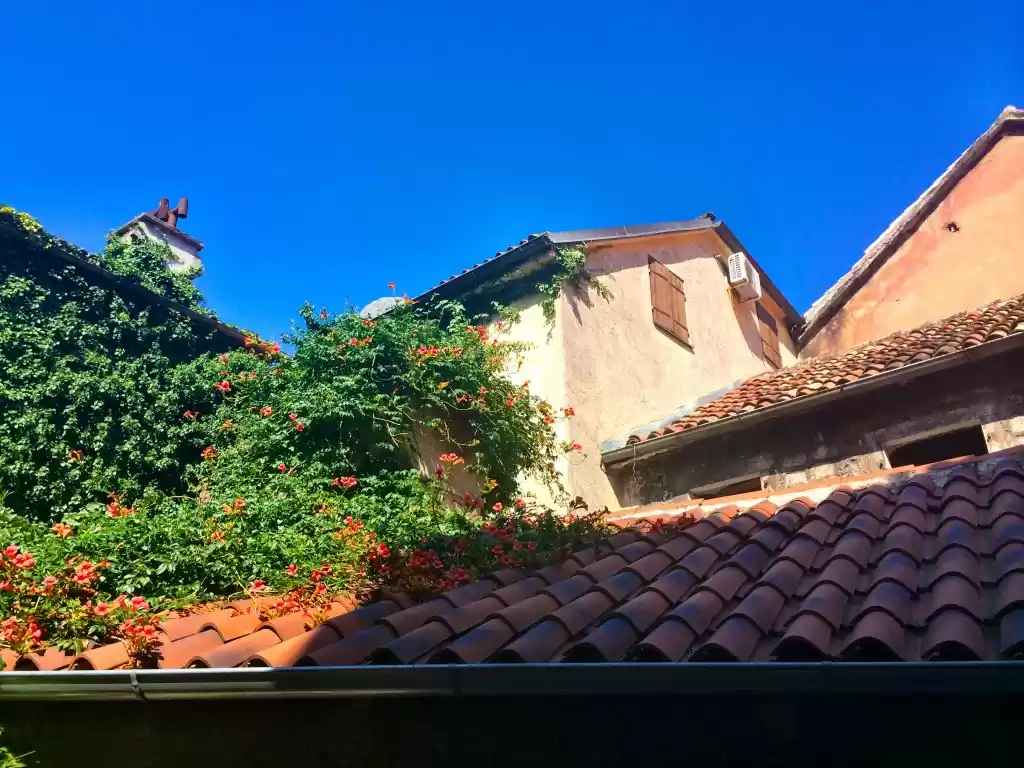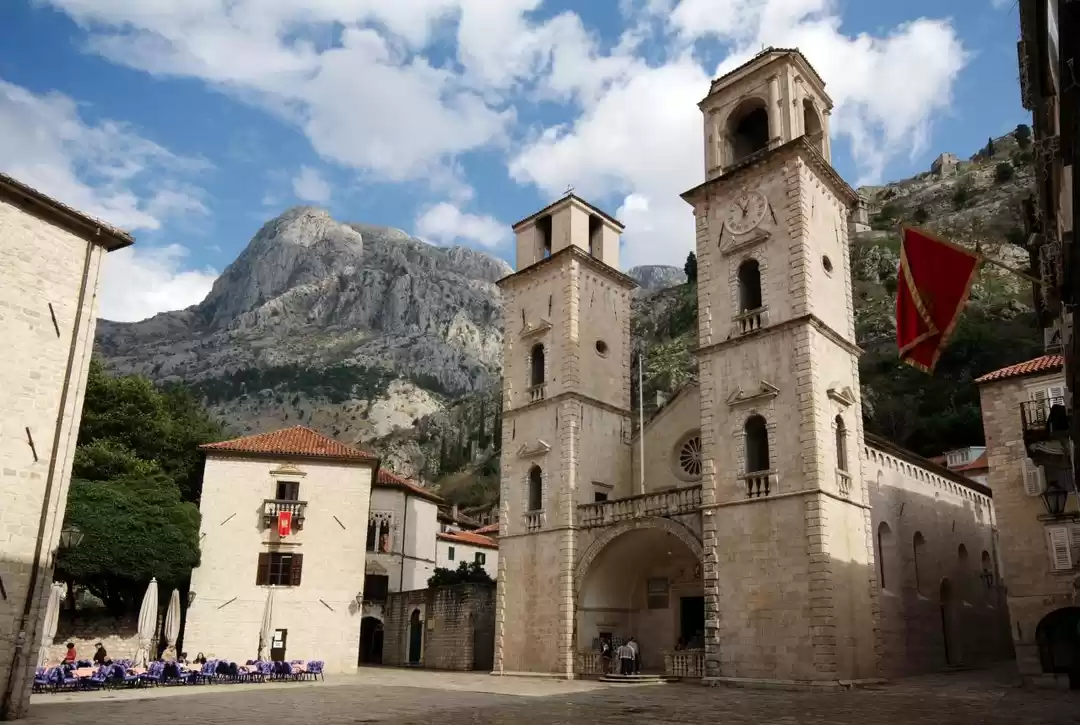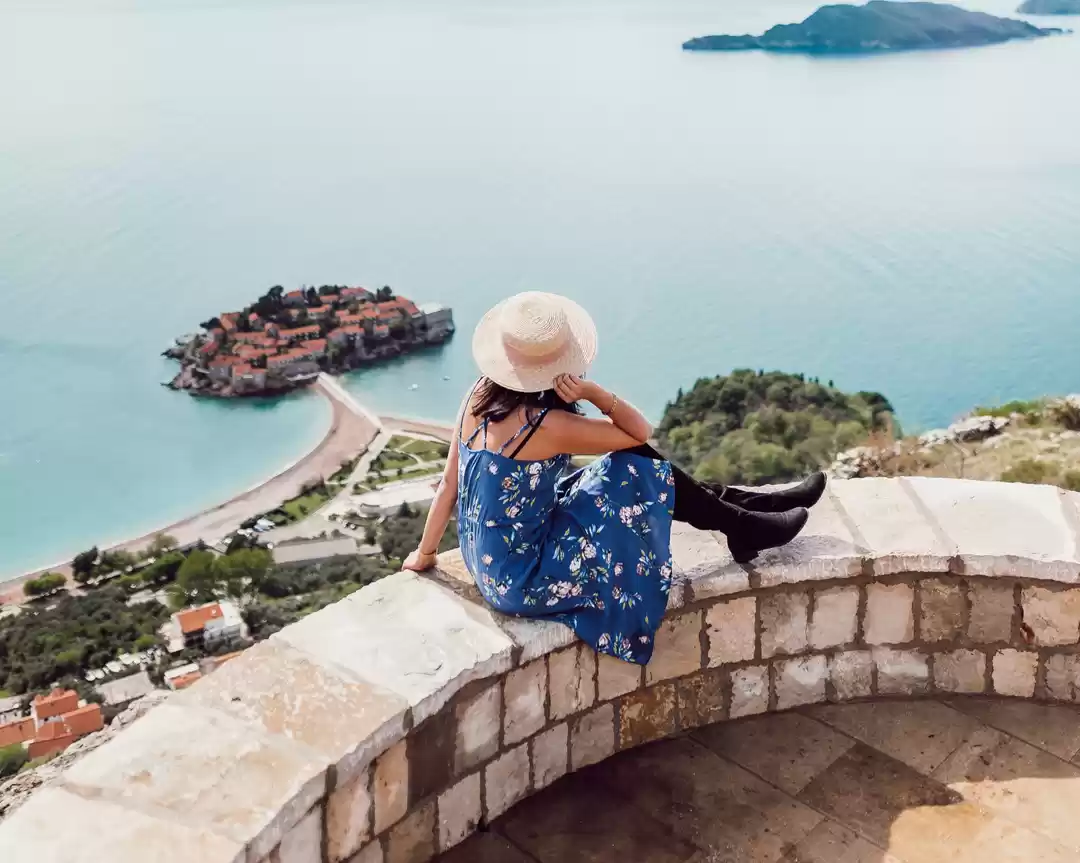
Here everything you need to know. (Full day Itinerary)
Why should you visit Kotor(Montenegro)?
Contrasting deep blue Adriatic Sea and stiff high cliffs of mount, Kotor is now a only small tourist town in Montenegro, but once it was one of the most flourishing ports and business towns of Eastern Balkan region. During 6th Century, Kotor reached the maximum glory under the Byzantine Empire. It was considered as one of the strongest hold of the Byzantine empire due to the natural protection of open view of Adriatic Sea and the high cliffs of Balkan mountain against the enemy, hence the Byzantine king built this stunning fortified city on the hill.

The fort is 1300 ft above the sea level, and it is a stiff narrow climb to the top, also there’s only one way to reach the top, hence the fort was one of the strongest of Byzantine era. The next 800 years Kotor Fort held it’s glory, till the Ottomans came to east Europe.
The Venetians gave protection to Kotor during Ottoman rule in Europe, they also rebuilt and repaired many of the current old town and the fort wall structures. Kotor was almost independent and individual town till 1922. Aristocrats from France, Spain and Portugal came to Kotor over 13-18th centuries and built their lavish palaces in Kotor Old Town. The old town still has pretty much the same vibe as in 17th centuries except the electric lines and air conditioners in the houses, of course. But the palaces and the roads are not modernized. The entire city is built on stones, and it feels very much natural. Kotor is almost the twin town of Dubrovnik (Croatia) but Dubrovnik is very much artificial. It feels like everything is made up in Dubrovnik, there’s no natural feeling, every old house seems artificial. And crowed. Kotor is calm, easy, almost no people around, great vibe.

How to make the most of your one day in Kotor
Things to do.
Sightseeing
Kotor Old Town- Begin your Kotor experience by entering through one of Kotor Old City’s three main gates: the River Gate (dating to 1540) in the north, South Gate (Gurdić Bastion, 13th to 18th century), or the main Sea Gate (1555) on the western side. To the left is the Main Square (Trg od Oružja) of Stari Grad, while right in front of you you’ll see the impressive Clock Tower (1602). From there, choose a direction, start walking, and get lost in Star Grad’s unforgettably charming maze of streets. The Old Town is surprisingly small, so even if you get a little disoriented, just keep going, and you’ll eventually stumble upon one of Kotor’s top attractions and realize where you are.

Kotor Cathedral- The Cathedral of Saint Tryphon (1166, on the site of a church dating to 809) is the most impressive of Stari Grad’s dozen or so churches, cathedrals, and monasteries. It is the most popular thing to see in Kotor, and one of the most well-known Cathedrals in Montenegro.



The Old City Walls and Bastions - Kotor’s Old City is encircled by walls, facing the waterfront in the south, Scurda River in the west and snaking up Mount Lovcen to Kotor Fortress to the east. The walls are crumbling in many sections, so it is not possible to walk all the way around the Old City on the walls like visitors can do in Dubrovnik a few hours to the north in Croatia.



Kotor Fortress- A good (and free!) alternative to the main trail to Saint John’s Fortress is the Ladder of Kotor (or “Ladder of Cattaro”), a series of switchbacks up the hill that begins just north of the Old Town. The hike is free to enter (and free of crowds!) and connects to the Kotor Fortress part way up. There are still several section of the wall that visitors can easily access right in the Old Town, including Gurdić Bastion (South Gate), Korner Bastion (on the south side), Valier Bastion (also on the south side, above the Sea Gate), Kampana Tower and Citadel at the southwest corner, and Bembo Bastion (currently a performance stage, with Bastian Restaurant occupying the park below, near the River/North Gate).






Kotor Bazaar - Also built into a section of the Old City wall, in between Saint Claire Church and Saint Nicholas Church, the Kotor Bazaar is nothing but a collection of souvenir and trinket stalls, but it’s worth a quick look. Head to the back and look up for an impressive view of the crumbling remains of a 16th century Dominican Monastery.


Church of Saint Nicholas and other Kotor Churches- The second most impressive religious structure in the city is the Serbian Orthodox Church of St. Nicholas (1909, on the site of a church dating to the 17th century). The church fronts St. Luke’s Square at the northwestern end of the Old Town. The church’s front façade is topped with two bell towers with black domes and golden crosses, while a large Serbian flag hang down.



Kotor Beach - Kotor’s main beach is located a five-minute walk north of the Old Town, past the Port of Kotor and Park Slobode.
Our Lady of the Rocks - Our Lady of the Rocks is one of the two islets off the coast of Perast in Bay of Kotor, Montenegro. It is an artificial island created by bulwark of rocks and by sinking old and seized ships loaded with rocks. The Roman Catholic Church of Our Lady of the Rocks is the largest building on the islet; it has a museum attached. There is also a small gift shop close to the church and a navigation light at the western end of the islet.
Best time to travel
If you are beach person, the ideal travel time should be April- October end. Remember, Montenegro has coastal weather, it could be very hot to roam all day around or walk up the fort, the hotels would be very costly and streets would be crowded. If you want a relax, crowd free vacation, February March is the best time to visit. We had very nice weather, temperature was 15 Degree in the day and 4 degree in night. The hotel we stayed in was just outside of the River gate of Stari Grad.
Getting Around
Kotor is a very small city, everything can be visited by just walking, including the main bus station. For the nearest airport, you have to book TAXI ON CALL.
Souvenirs to collect
Kotor has many wood crafts; the silk is famous in Europe. So, you might just buy a silk scarf. There are also many leather stores for vintage bags and jackets. Expect the price range of the bangs and jackets in between 500-1500 euros, in summer, the prices increase.
What to Eat.
You can dig into so many sea food option here, Mackerel, Octopus, Mussels, Calamari, Oysters. Considering other Balkan countries, Montenegro might seem bit costly. A piece of pizza will cost you 5 euro or more. Carry around cash and changes, street vendors are souvenir shops don’t accept cards.
Where to stay
The hotel we stayed in was just outside of the River gate of Stari Grad. Name of the hotel is Tianis Deluxe. You can find many other options just near and out pf the Old Town.
A solo girl traveler and history geek by heart, I have been to 25 countries, three continents. I am passionate about medieval history. Florence is my most beloved place to be. I love nature, mountain hiking, or brushing through old towns of Europe. A full adventure lover. My favorite experiences are hiking to summit of Mount Evans (14,130 ft, Colorado), driving through Rocky Mountain National park in night, met sudden wildfire in the roads of Lake Tahoe (California) and once being lost in highlands of Scotland. I am also an engineer, working in IT industry. Feminist and animal lover.
Instagram Handle __thatbonggirl


